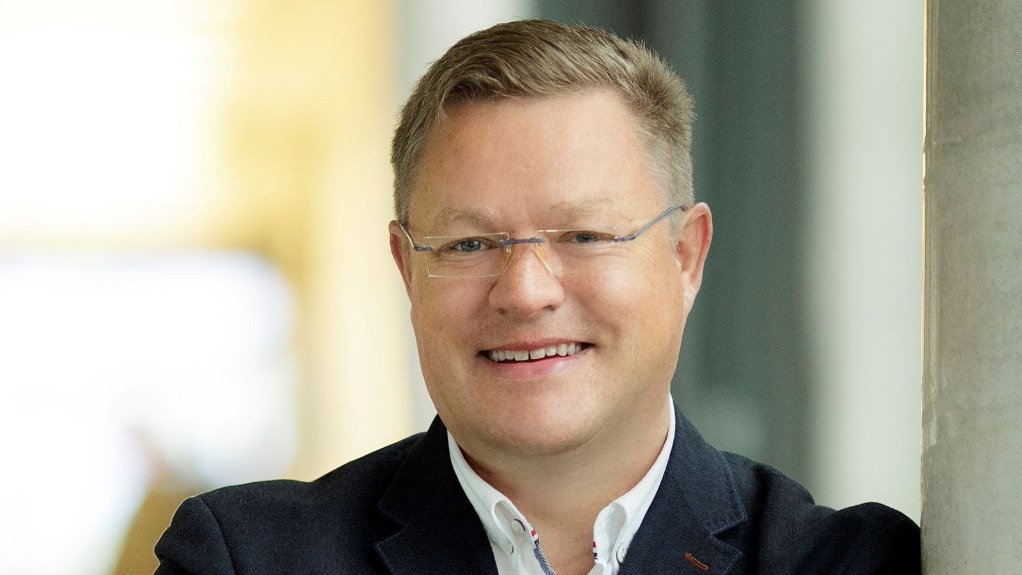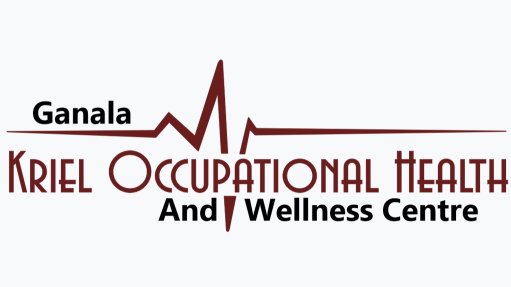Industrial gas users prepare to make ‘orderly transition’ case at crunch gas-cliff meeting
The creation of a formal public-private platform to assess solutions to a pending “gas cliff” for industrial consumers in South Africa points to the fact that the issue is finally being taken seriously by all stakeholders, Industrial Gas Users Association of South Africa (IGUA-SA) executive director Jaco Human tells Engineering News.
The task team is being led by the Department of Trade, Industry and Competition and the Department of Mineral Resources and Energy and includes IGUA-SA and its members, as well as Eskom, the Central Energy Fund (CEF) and Sasol.
Speaking at the African Energy Indaba, Mineral Resources and Energy Minister Gwede Mantashe said the task team had been established “to develop a joint strategy that will ensure a seamless transition and business continuity, thus ameliorating potential job losses”.
Mantashe also announced that the efforts would be supported by the finalisation of the Gas Master Plan, which would be presented to Cabinet in March, and various collaborative efforts being pursued with the Mozambique government, including on the proposed Matola liquefied natural gas (LNG) hub.
The task team convened twice last year, and a major meeting is planned for March 27, where short-, medium- and long-term solutions to the gas cliff will be discussed ahead of the currently designated “day zero” of June 2026; the point at which Sasol has indicated it will no longer supply industrial consumers.
Discussion at the meeting, Human says, will seek to find surefire solutions and options that will have to be implemented for an “orderly transition” during the likely “dead zone” that is currently set to arise between 2026 and the construction of the import and transfer infrastructure needed to facilitate the entry of LNG through a terminal that will be in place by the second quarter of 2027 at the earliest.
He tells Engineering News that IGUA-SA members will use the meeting to outline their considerations in the contracting of a combined 50 PJ/y of LNG that could be imported through a proposed terminal at Matola in Mozambique, which is considered to be the most advanced LNG project on the horizon.
IGUA-SA’s members include large manufacturing enterprises such as ArcelorMittal, Ardagh Group, AVI, BrotherCisa, CBC Fasteners, Ceramic Industries, Coca-Cola, Corobrik, Hulamin, Highveld, Illovo, Ingrain, Mondi, Nampak, Norcros, Premier, PFG Building Glass, South32, South African Breweries, Rand Refinery and the Scaw Metals Group.
At the meeting, these consumers will indicate what the implications of higher LNG prices will be on the manufacturing sector and to what extent it could commit to volume offtake of LNG that is likely to be more than double the cost of domestically supplied gas by Sasol under the prevailing regulated gas methodology.
The maximum price gas methodology currently sets the price at R75/GJ before various pipeline tariffs are included to raise the price to about R110/GJ. At prevailing prices and exchange rates, LNG is likely to enter South Africa at closer to R250/GJ, which the domestic manufacturers would seek to pass on given the absence of cheaper energy alternatives in the near term.
However, they will also underline that demand of 50 PJ/y is insufficient to provide the commercial justification for the construction of an estimated $500-million LNG import terminal at Matola by Gigajoule and TotalEnergies.
Therefore, an appeal will be made for additional country commitments, mainly in the form of gas-to-power requirements, to raise yearly demand to between the 100 PJ and 140 PJ considered sufficient to ensure financial close by year-end and construction soon thereafter.
Here, IGUA-SA sees the role of both Eskom and CEF as potentially significant.
One proposal would be for Eskom to enter into a long-term power purchase agreement with a cross-border gas-to-power (GtP) producer that would produce electricity using gas imported through the terminal, while the other is for the CEF to aggregate GtP demand in South Africa.
It will also be argued that the Matola terminal and one planned for Richards Bay are complementary, on the basis that the Mozambique facility is better placed to supply gas to Gauteng and Mpumalanga, while Richard Bay develops in parallel as a major GtP hub.
In the short term, however, IGUA-SA maintains that the investment to be made to link the Rompco and Lilly pipelines, to ensure the 20 PJ/y consumed by manufacturers in KwaZulu-Natal, cannot be delayed ahead of the construction of the Richards Bay terminal, where a consortium of Vopak and Transnet Pipelines has been selected as the preferred bidder.
Human says that Sasol has a significant role to play in ensuring an orderly transition, by agreeing to continue to supply beyond 2026 to avoid the dead zone.
Sasol has thus far indicated that it is not willing to do so. This, partly because it aims to consume the remaining gas from the Pande and Temane fields itself to support the decarbonisation of Secunda and partly because it says the regulated price does not reflect the investments it is making to extend the life of the fields.
The group’s exploration efforts, together with the re-allocation of all gas for its own use, have secured gas supply until 2028 and more exploration and development is under way with a view of extending the plateau further.
“We see the task team as important because it creates the platform through which government can engage with all the relevant stakeholders to agree on the solution, which most agree lies in LNG, as well as an orderly transition,” Human says.
Article Enquiry
Email Article
Save Article
Feedback
To advertise email advertising@creamermedia.co.za or click here
Comments
Announcements
What's On
Subscribe to improve your user experience...
Option 1 (equivalent of R125 a month):
Receive a weekly copy of Creamer Media's Engineering News & Mining Weekly magazine
(print copy for those in South Africa and e-magazine for those outside of South Africa)
Receive daily email newsletters
Access to full search results
Access archive of magazine back copies
Access to Projects in Progress
Access to ONE Research Report of your choice in PDF format
Option 2 (equivalent of R375 a month):
All benefits from Option 1
PLUS
Access to Creamer Media's Research Channel Africa for ALL Research Reports, in PDF format, on various industrial and mining sectors
including Electricity; Water; Energy Transition; Hydrogen; Roads, Rail and Ports; Coal; Gold; Platinum; Battery Metals; etc.
Already a subscriber?
Forgotten your password?
Receive weekly copy of Creamer Media's Engineering News & Mining Weekly magazine (print copy for those in South Africa and e-magazine for those outside of South Africa)
➕
Recieve daily email newsletters
➕
Access to full search results
➕
Access archive of magazine back copies
➕
Access to Projects in Progress
➕
Access to ONE Research Report of your choice in PDF format
RESEARCH CHANNEL AFRICA
R4500 (equivalent of R375 a month)
SUBSCRIBEAll benefits from Option 1
➕
Access to Creamer Media's Research Channel Africa for ALL Research Reports on various industrial and mining sectors, in PDF format, including on:
Electricity
➕
Water
➕
Energy Transition
➕
Hydrogen
➕
Roads, Rail and Ports
➕
Coal
➕
Gold
➕
Platinum
➕
Battery Metals
➕
etc.
Receive all benefits from Option 1 or Option 2 delivered to numerous people at your company
➕
Multiple User names and Passwords for simultaneous log-ins
➕
Intranet integration access to all in your organisation

















